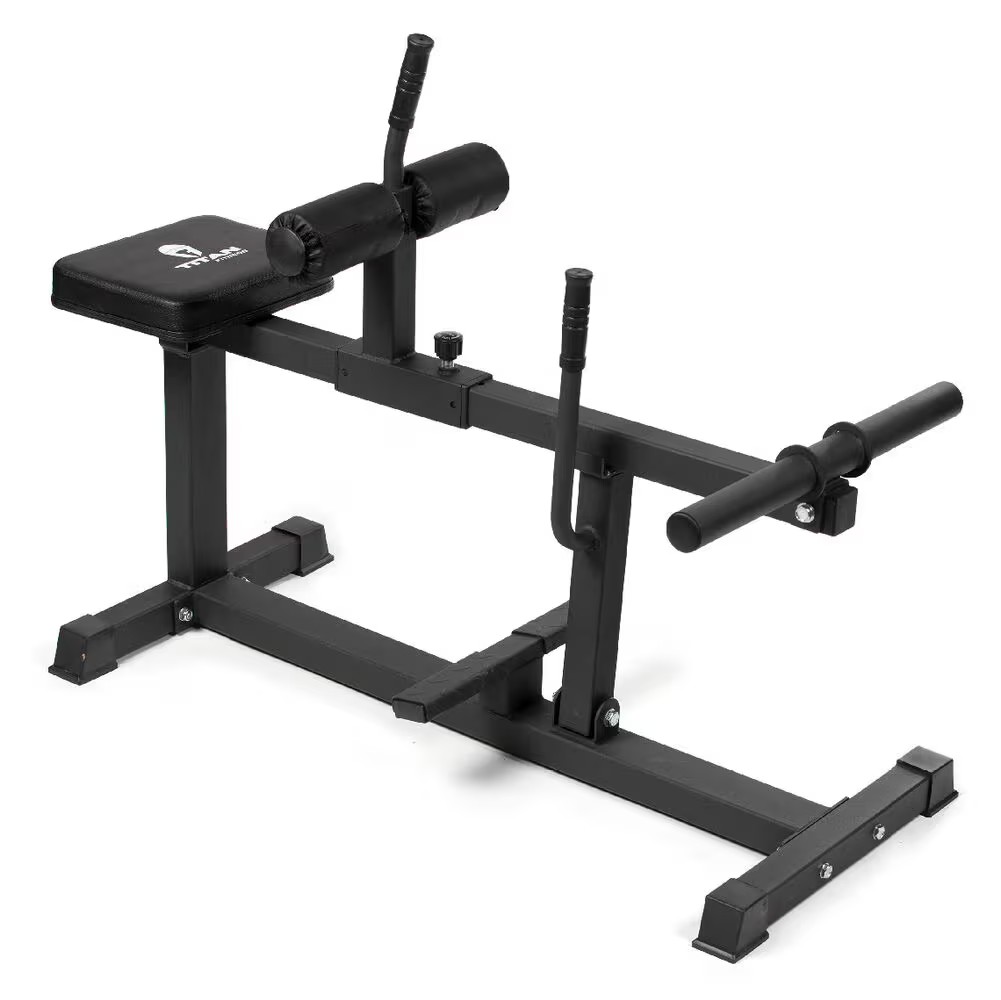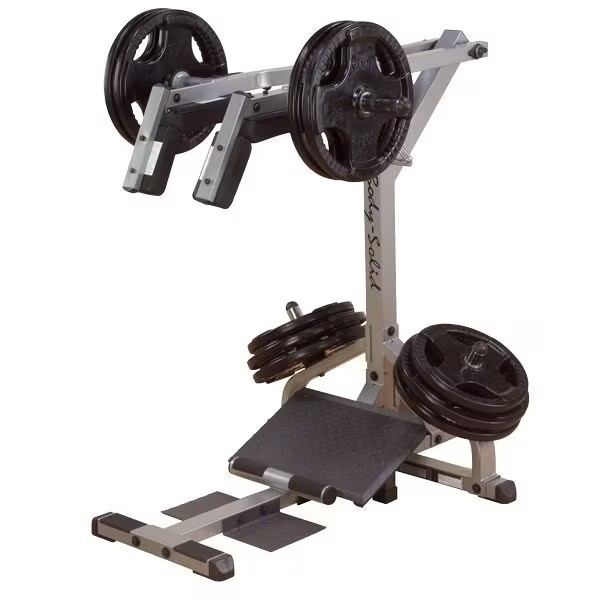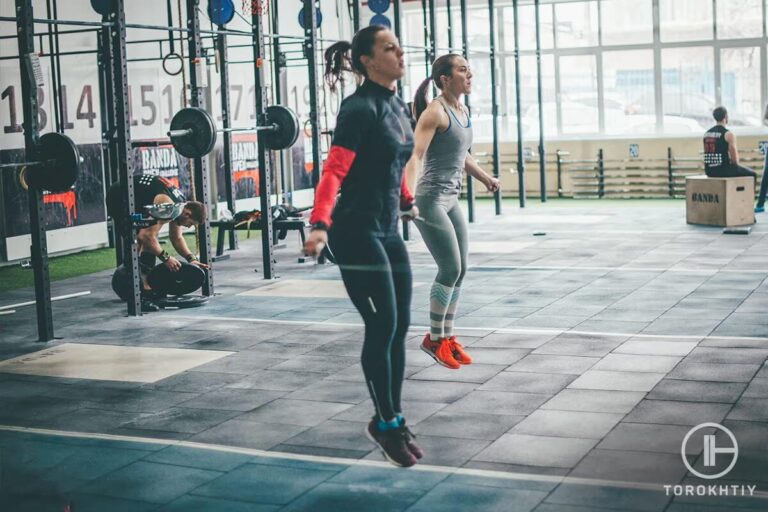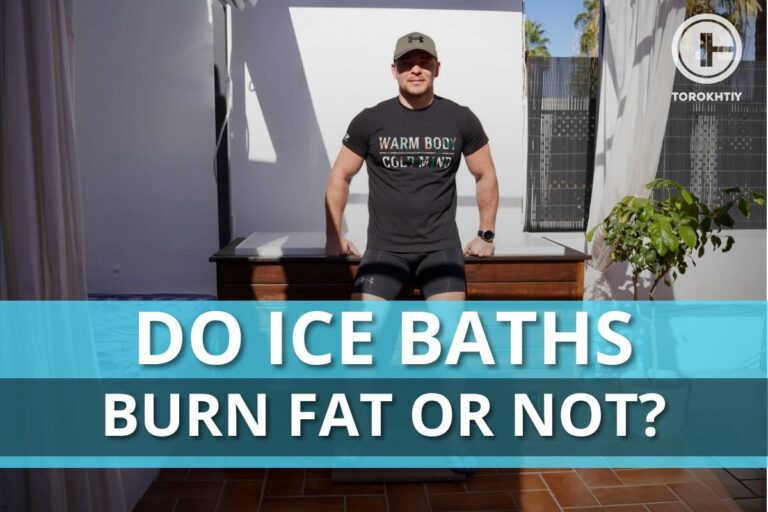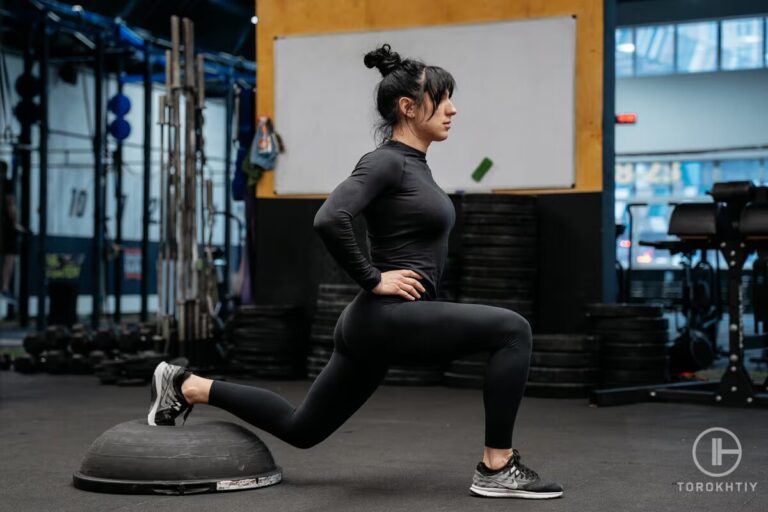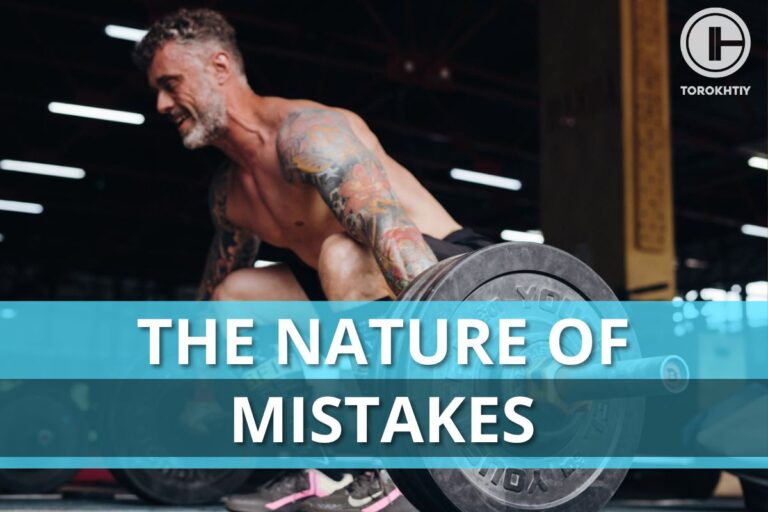Seated vs Standing Calf Raise: Which Is More Effective?
Struggling to choose between seated vs standing calf raise? Our latest blog unravels this fitness enigma. We dissect the pros and cons of standing vs seated calf raises, guiding you to make informed decisions for effective muscle growth. Because, choosing the right calf workout shouldn’t feel like an Achilles’ heel, right?
Seated vs standing calf raise debate boils down to muscle targeting. Seated raises focus more on the soleus muscle, deep within your calf. In contrast, standing raises target the gastrocnemius, the larger, visible calf muscle.
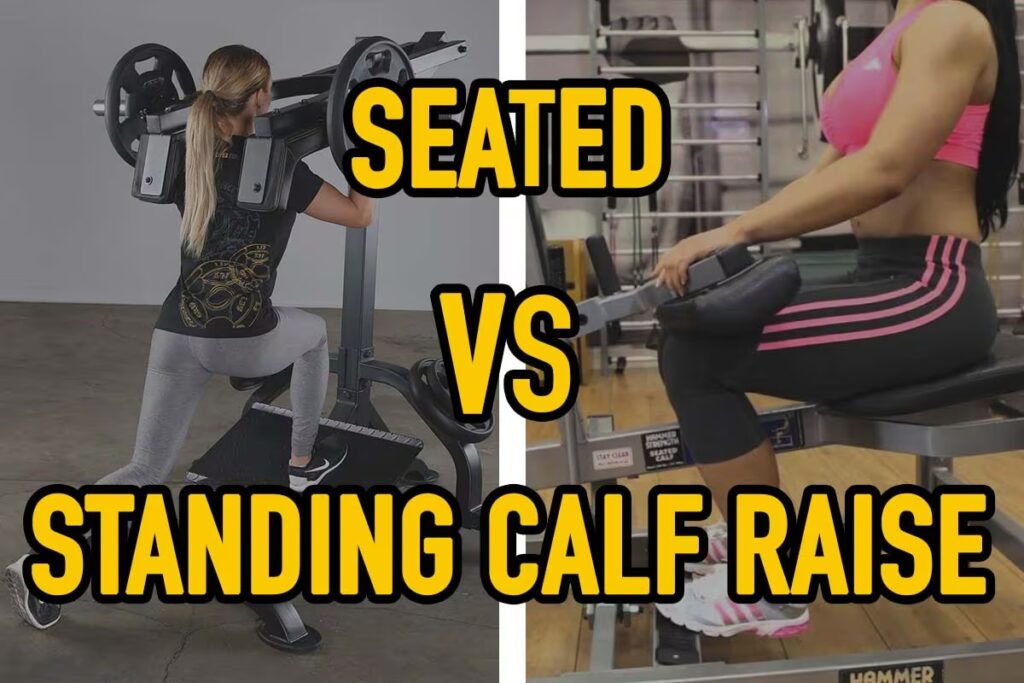
A Tale of Lower Leg Love: What Is Seated Calf Raise?
Seated calf raises are a lower body exercise designed to strengthen and tone the calf muscles, especially the soleus, which is a deeper muscle beneath the larger, visible gastrocnemius.
To perform a seated calf raise, you begin by sitting on a calf raise machine or bench with weights on your knees and feet flat on the platform. You then raise your heels as high as possible, squeezing your calf muscles at the top of the movement, before slowly lowering your heels back to the starting position.
This isolation exercise allows you to put targeted stress on your calf muscles, enhancing muscle growth, strength, and endurance. Incorporating seated calf raises into your routine can greatly improve your overall leg definition, athletic performance, and lower body stability.
Stand and Deliver: What Is Standing Calf Raise?
Standing calf raises, a popular lower body exercise, primarily target the gastrocnemius, the larger, more visible muscle of the upper calf.
The exercise begins with you standing upright, ideally on an elevated surface allowing for full range of motion. Your heels should hang off slightly. You then push through the balls of both feet to raise your body upward, contracting your calf muscles at the top. Slowly lower yourself back down to complete the movement.
Standing calf raises can be performed with body weight alone, or with added weights for increased resistance. This exercise not only strengthens and defines your calves but also enhances overall balance, stability, and athletic performance.
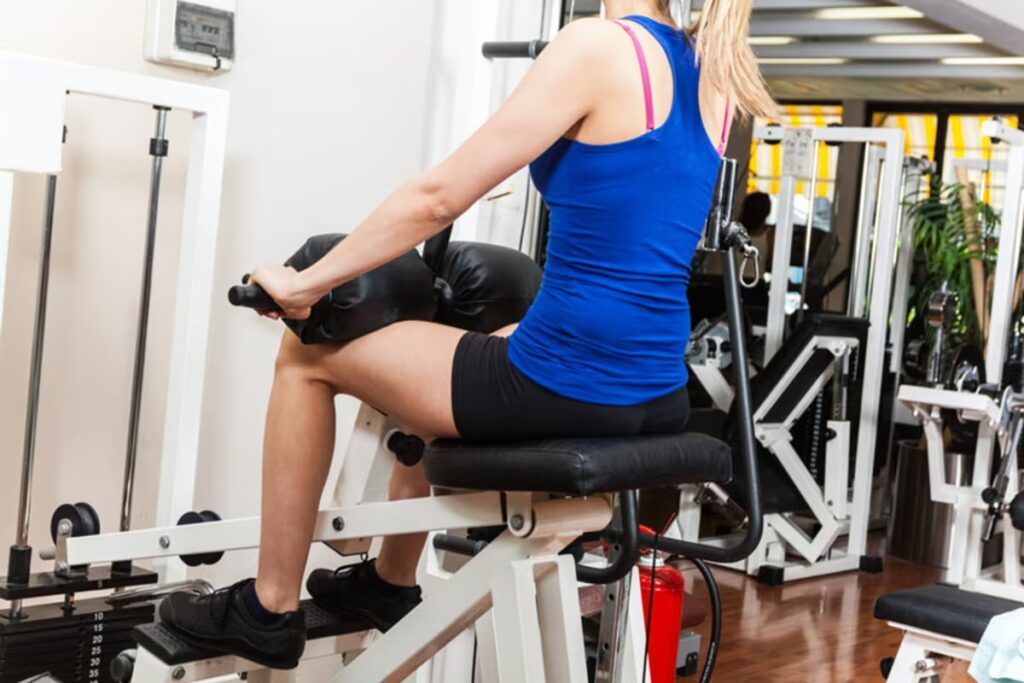
The Showdown: Difference Between Seated and Standing Calf Raises
The difference between seated and standing calf raises largely lies in the specific muscles they target within the calves. Understanding the seated vs standing calf raise dynamic can provide insight into which exercise to include in your routine based on your unique fitness goals.
1. Targeted Muscles
The fundamental distinction between seated and standing calf raises lies in the specific calf muscles they target. Standing calf raises primarily engage the gastrocnemius, the larger, more visible calf muscle. In contrast, seated calf raises target the soleus muscle, a deeper muscle beneath the gastrocnemius.
2. Range of Motion
The exercises differ in the posture and range of motion as well. Standing calf raises are performed upright, which allows a full range of motion. However, seated calf raises involve a bent-knee position, causing a slightly restricted range of motion but providing more focused stress on the soleus muscle.

3. Athletic Impact
Both exercises have distinct impacts on athletic performance. The standing calf raise enhances overall balance, stability, and calf muscle definition, beneficial for sports requiring short, powerful bursts of speed. On the other hand, seated calf raises improve the endurance of the soleus muscle, a boon for athletes involved in long-duration sports or activities.
4. Workout Integration
You can choose between seated or standing calf raises based on your specific fitness goals. However, integrating both exercises into your regimen will ensure a comprehensive calf workout, enhancing overall muscular strength and definition in your lower legs.
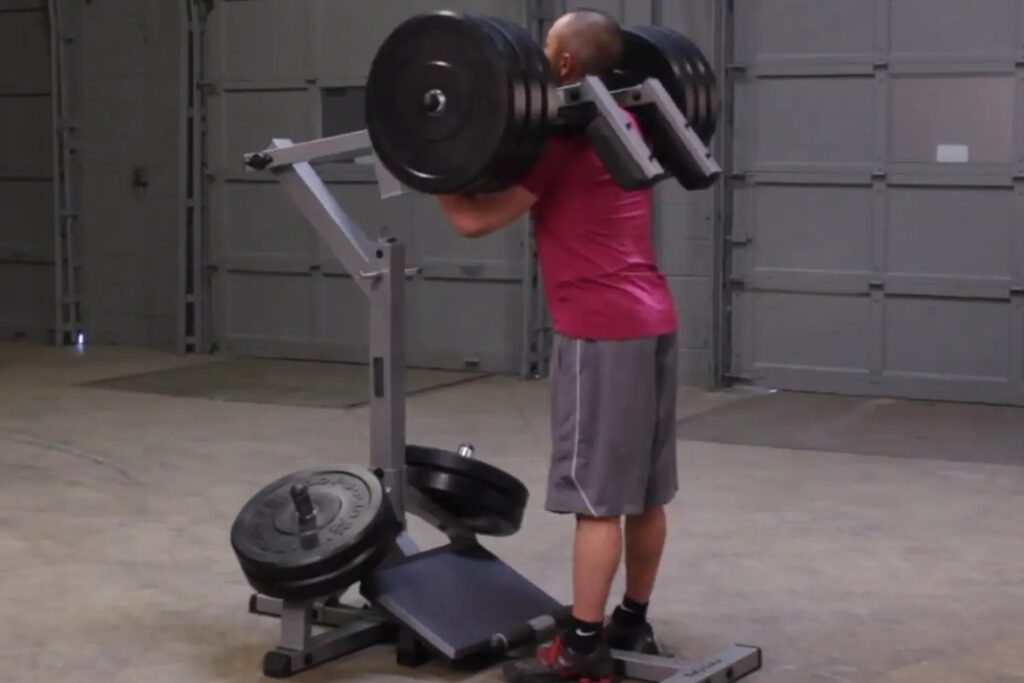
Sitting Pretty: Pros and Cons of Seated Calf Raise Training
Positives:
Could be better:
Up With the Lark: Pros and Cons of Standing Calf Raise Training
Positives:
Could be better:
To Sit or Not to Sit: Brief Comparison of Seated Calf Machine and Standing Calf Machine
As we dive into the world of calf training equipment, let’s compare two popular machines: the Seated Calf Raise Machine from Titan Fitness and the Body-Solid Standing Calf Machine.
Each machine boasts distinctive features designed to target specific calf muscles and cater to different fitness goals. Our pros and cons analysis will illuminate their unique benefits and potential drawbacks, guiding you in making an informed decision for your calf workouts.

Seated Calf Raise Machine From Titan Fitness
Positives:
Could be better:
Body-Solid Standing Calf Machine
Positives:
Could be better:
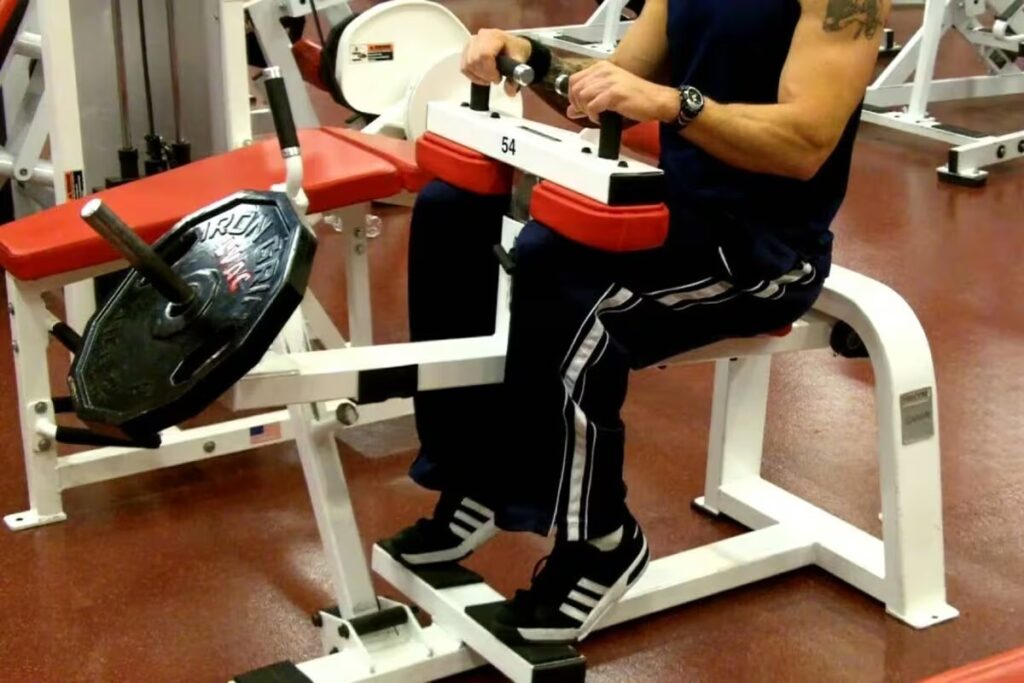
FAQ
Do Seated Calf Raises Make Calves Bigger?
Yes, seated calf raises can contribute to bigger calves. They specifically target the soleus muscle, and with consistent training and increased resistance, this can lead to muscle hypertrophy, hence bigger calves.
Fast or Slow Seated Calf Raises?
Slow seated calf raises are recommended. Performing the exercise slowly and under control ensures proper muscle engagement, reduces the risk of injury, and allows for a fuller range of motion.
The Calf Raise Conclusion: A Standing Ovation or Seated Applause?
In the fitness arena of seated vs standing calf raise, both prove worthy contenders. The choice depends on your specific goals — targeting the soleus or gastrocnemius, or seeking a comprehensive calf workout. Whichever you choose, you’re on a sure path to stronger, defined calves and improved athletic performance.
We’d love to hear your thoughts! Have you noticed different results using seated or standing calf raises? Which one do you prefer and why? Are there any unique strategies you’ve found useful in your calf training? Share your experiences and insights in the comments below to further enrich our fitness community discussion!
Also read:
- Seated Calf Raises at Home
- Seated Calf Raise Alternatives
- Best Ab Machine for Home
- Roman Chair Exercises
- Belt Squat
- Best Calf Machine
- Balance Board Exercises
- Sandbag Workout
References:
- Different Foot Positioning During Calf Training // PubMed: https://pubmed.ncbi.nlm.nih.gov/32735428/
- Lower Leg (Calve) Exercises // NTCC: https://www.ntcc.edu/athletics/live-athlete/exercises/lower-leg-calve-exercises
- Discovery Unlocks Potential of ‘Special’ Muscle // University of Houston: https://stories.uh.edu/2022-soleus-pushup/index.html
- Calf raises // David Newman: http://ffden-2.phys.uaf.edu/211_spring2009.web/Andrew_miller/Workoutpages/Calfraises.html
- Effect of calf-raise training // NCBI: https://www.ncbi.nlm.nih.gov/pmc/articles/PMC5583613/
Why Trust Us?
With over 20 years in Olympic Weightlifting, our team does its best to provide the audience with ultimate support and meet the needs and requirements of advanced athletes and professional lifters, as well as people who strive to open new opportunities and develop their physical capabilities with us.
By trusting the recommendations of our certified experts in coaching, nutrition, dietology, and sports training programming, as well as scientific consultants, and physiotherapists, we provide you with thorough, well-considered, and scientifically proven content. All the information given in the articles concerning workout programming, separate exercises, and athletic performance, in general, is based on verified data. We ensure that you can rely on our professionals’ pieces of advice and recommendations that can be treated as personalized ones which will benefit you and fully meet your needs.
The product testing process is described in more detail here
Author: Ihor Shymechko
Pro Olympic Weightlifter, Coach
Best Results: Snatch – 208 kg,
C&J – 240 kg
Ihor has been a professional weightlifter since 1996, boasting over two decades of competition experience. His notable achievements include clinching the European Championship in 2009 and securing a silver medal in the 105kg division at the Senior World Championships in 2011. Ihor represented his country in the 2008, 2012, and 2016 Summer Olympics. After retiring from competitive weightlifting, he transitioned to coaching, leveraging his vast experience to guide athletes who now compete on both national and international stages.

